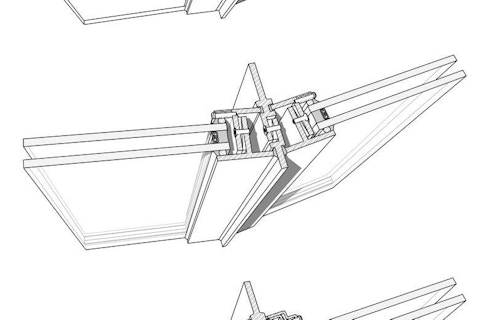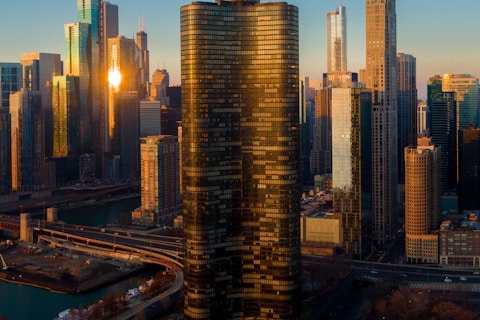Skin Deep: Health, Wellness, and the Facade System
Here we are, a full year after the initial COVID-19 surge rocked the United States. It’s hard to believe we’ve been living through the pandemic for a full year at this point; and yet it also feels like it’s been multiple years. We are beginning to see glimmers of hope on the horizon as more people get vaccinated. Likewise, as businesses begin to think about bringing employees back to work, a newfound sense of optimism has emerged. Similar to the way Spring’s first green shoots are indicators of future flowers, the proverbial light at the end of the tunnel that so many are seeing now is a sure sign that better days are ahead. Chris Payne of Gensler here. I usually serve as Content Editor of SKINS but this month I’m stepping into the Guest Editor role to tackle facade design issues through the lens of health and wellness.
The anniversary of the onset of the pandemic seems like a good time to highlight the building skin’s impact on indoor air quality and occupant well-being in buildings. While these concepts have gained more traction over the last several years, the pandemic has placed a spotlight on them like never before. Prior to the pandemic, Americans spent approximately 90% of our time indoors according to the EPA. This number is likely to be even higher over the last 12 months as so many have been working from home. The building skin, as the primary membrane separating indoors and outdoors, plays a central role in creating comfortable interior environments.
This issue of SKINS shares multiple perspectives on how we can smartly design facades post-pandemic that go beyond keeping out the elements and truly promote increased occupant health and well-being (Items 3 & 4), or dare we go so far as to say happiness (Item 1). Linking climate change and the spread of viruses is tackled (Item 2), along with a case study of China’s first triple-certified facade (Item 5), shared by my colleague, Stephen Katz.
Health and wellness-focused certification platforms like WELL and Fitwel have gained increasing traction through the pandemic. In an effort to address building user concerns in the wake of the pandemic, the International WELL Building Institute launched a new building rating system (Item 8). Environmental, Social, and Governance (ESG) investing is also on the rise and it’s important to note that these building certification platforms will become more prerequisite for future investment opportunities (Item 7). Lastly, we can’t talk about wellness without referencing the health of our planet. Our final offering provides a critical look at the structure of US energy codes and highlights how they do not chart fast enough pathways to net zero (Item 9).
With all the new energy that the Spring season brings, we hope you enjoy this collection of content. Drop us a note at skins@facadetectonics.org or share your thoughts/feedback on our various social media platforms.
Here’s to a healthy future!
The SKINS Team
Mic Patterson
Executive Editor
Val Block, Kuraray
Associate Editor
Katie Gould
Creative Director
Brienna Rust, SGH
Christopher Payne, Gensler
Marty Trainor, Ventana
Content Editors
Nick Carrillo, WWCCA
Event Calendar Editor
Alberto Alarcon, Kuraray
Event Calendar Editor

Christopher Payne, AIA, LEED AP
SKINS Content Editor
Gensler
Looking for something specific?
Search our extensive library.
FTI’s SKINS email is the central source for the latest in building skin trends and research.
All emails include an unsubscribe link. You may opt out at any time. See our privacy policy.









